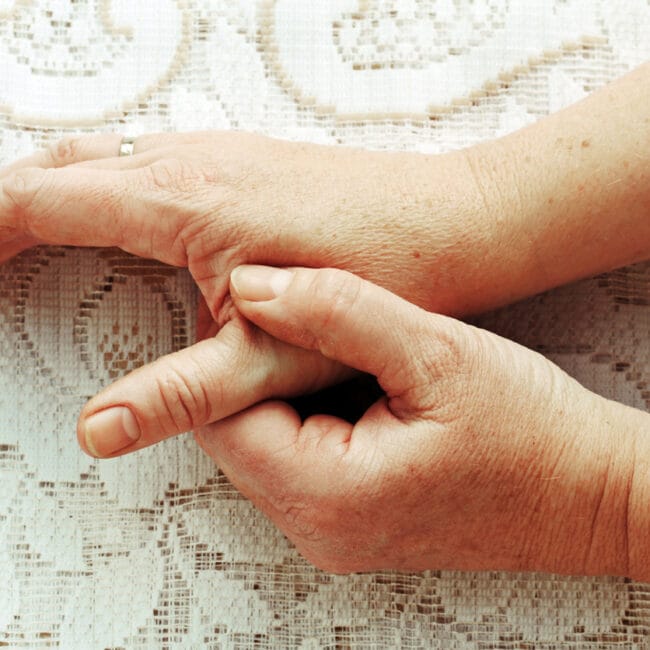
Balance is something that most people take for granted. We assume that it is something that comes naturally to everyone, when in fact any one of us could develop balancing difficulties at any time, and these difficulties could stem from a wide variety of issues. Injuries to our feet, legs, hips, back, and even our eyes or ears can lead to balancing problems. While this may not sound like a serious issue to some, for those suffering from it, it can majorly impede their ability to go about their everyday activities. Trouble balancing also greatly increases the likelihood of injury, especially when walking or using stairs.
Physical therapy may not be the first thing that jumps to mind when you think of balancing issues, but there are a number of exercises that anyone can do at almost any time that will help to increase balance over time. Remember not to do any of these exercises alone if you are having considerable trouble balancing, as there is always the chance that you may injure yourself while doing any exercise.
One-legged Exercise: The first exercise that can help you is to stand behind a couch or chair and try to stand on one leg. You should have your arms ready to catch the couch or chair if you begin to fall over, so be sure to choose one that won’t move when you grab it. Balance for a few seconds before putting your foot back on the ground, and repeat. Do this about five times, before switching legs.
For many exercises such as these, you may want to start off by having your hand on the chair for support to begin with, before gradually reducing the number of fingers used to balance, and eventually removing the hand from the chair altogether.
Leg-swings: Once you feel comfortable with the above, you can progress onto the next exercise. This is the same as the above, but each time you lift your leg, swing it twice forth and twice back, and then switch legs. This will help you get used to the motions of moving around, while reducing the risk of losing your balance. You may also want to try swinging the leg sideways, which may require more help from your arms to remain balanced.
Walking: For walking, there are two main exercises that are used to improve balance. The first is quite like tightrope walking: put the heel of one foot directly in front of the toes of the other. Arms outstretched, walk in a straight line and try to maintain your balance for as long as you can. For both of these exercises, you should choose a spot ahead of you to focus on and not take your eyes off.
The second exercise is to outstretch your arms and walk forward, this time with an exaggerated lifting of the legs. As you raise each leg, hold it in the air for a moment before advancing. Be sure not to try these exercises alone.
Eyes: After you begin to feel comfortable with the exercises outlined above, you should begin to practice closing your eyes during them. Again, it is important not to do these exercises alone, but activities such as showering or moving about at night do not have the benefit of unimpaired vision, so practicing with your eyes closed can be hugely beneficial.
Base: You may have heard that for a good, solid base, you should have your feet lined up directly below your shoulders. While this is often true, if you’re looking to improve your balance, this won’t help. Doing other exercises, such as lifting weights or doing squats, can help improve your balance by moving your feet closer together gradually over time. This is because it challenges you more and gets you used to tougher balancing situations, therefore improving your overall ability to balance.
Although it may take time and commitment, these exercises can help patients improve their balance and their ability to complete day-to-day tasks unaided.










